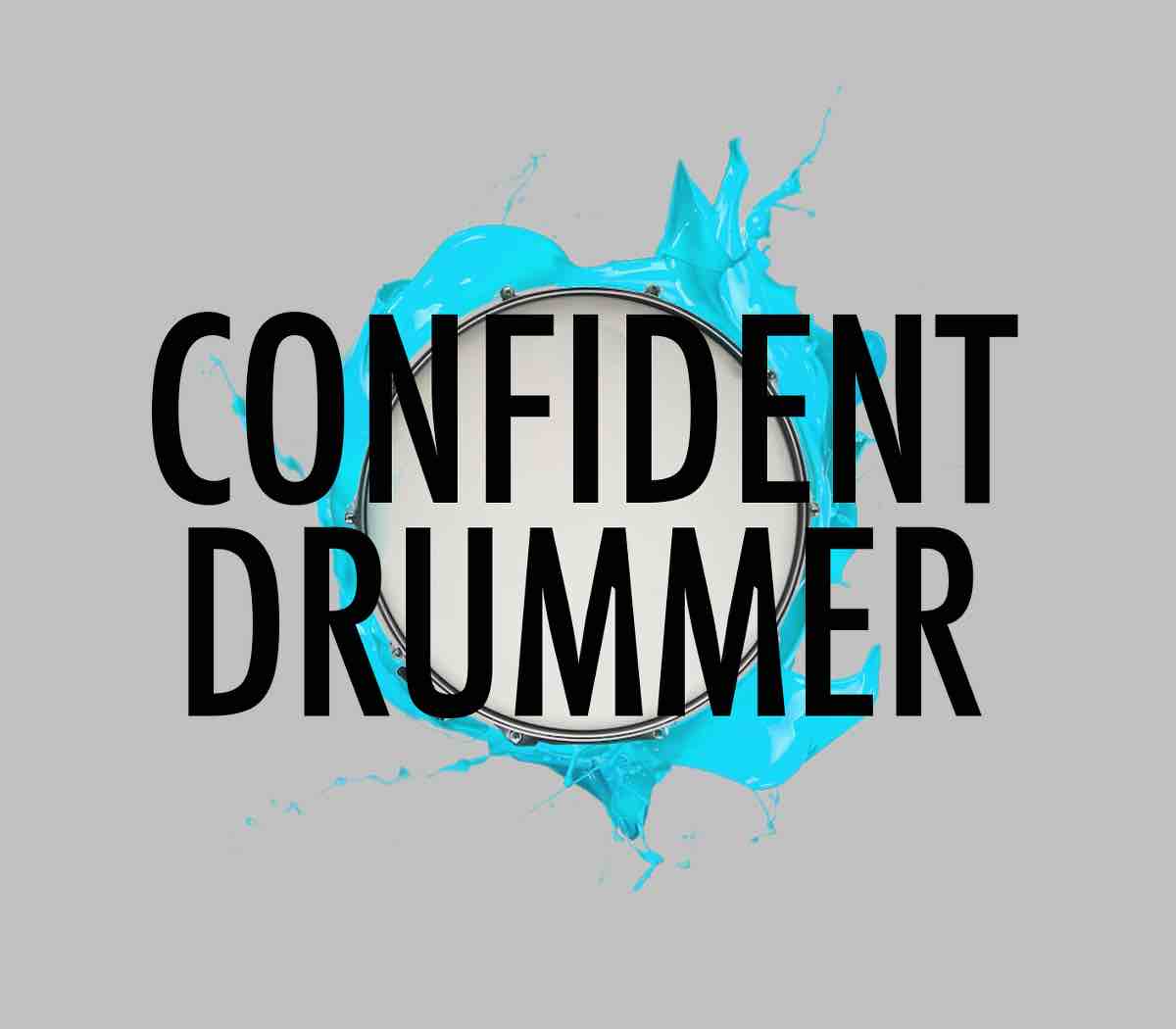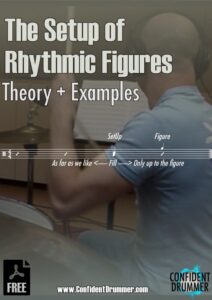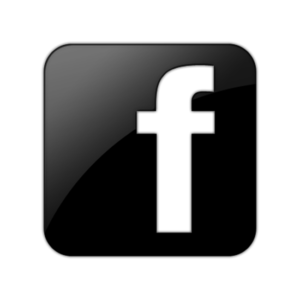The setup is an incredibly musical component of interpretation which consists of preparing, in advance and by playing a fill, the musical meaning of the rhythmic figures that are about to be executed.
In this lesson we are going to explore a number of cases, so that we can internalize their workings and then apply the method to additional practice pages containing lists of the main figures we want to learn to set up.
In songs we can hear countless examples of these solutions, in all genres of music. It’s one of the skills that every drummer should develop.
In order to build up a complete setup repertoire, we need to understand its principles, starting with a few foundational guidelines:
- The center of the setup lies always on the downbeat preceding the figure we are interpreting. If the figure is also a downbeat, for instance on ‘4’, then the setup center is on ‘3’.
But it’s also on ‘3’ if the figure is on the ‘and’ of ‘3’ or in any other upbeat position within the third beat.
In dealing with triplets we are going to have an upbeat not only on the last eighth note triplet, but also on the second one.
As far as sixteenths go we have not only the last sixteenth but also the second (while of course the third one is equivalent to the eighth note upbeat).
Let’s always begin by establishing a center and placing it on the downbeat that precedes the figure. - From this middle point we can create our setup fill in two directions. We can extend it by starting in advance, in which case the extension has no limits in terms of length – except for those determined, as usual, by our musical concept and sense of aesthetic.
Or, we can extend it towards the figure, which entails that the maximum length is dictated by the space between the downbeat and the figure. - Each ‘towards the figure’ fill can be combined with the versions that start in advance, creating endless possibilities, which we can think of as full setups.

To clarify how this works we are going to focus on some practical examples, using fully notated demonstrations, with note for note transcriptions.
We are going to study three cases, by practicing the setup of these three figures:
- The downbeat of the third beat.
- The eighth note upbeat of the third beat.
- The last sixteenth note upbeat of the second beat.
To cover all the variations explained above, for each figure we are going to work on the following setup fills:
- 2 setup fills that from the center develop towards the figure, up to as much as the position of each figure allows.
- 2 setup fills that from the center start beforehand and extend as far as three additional quarters (anything beyond that tends to sound pretty unmusical).
- 4 full setups, organized starting from simpler versions and gradually increasing in length and complexity.
Here is the printable PDF with all charts and transcriptions:
And here is the link to the YouTube video in which I play the examples shown in the booklet. You can also click on each case in the PDF to access the related video demonstration.
The solutions shown are organized in a simple two-bar structure, so as to loop the elements that we want to internalize. Later we can also try to alternate them in larger song forms of 4 or 8 bars.
As far the types of beats transcribed in the examples go, they are just a reference and they by no means need to be played exactly that way. We can decide to play any other rhythm.
Besides the transcriptions of all 24 examples, at the end of the booklet we have two pages showing the 16 existing figures in a sixteenth note 4/4 measure.
Once we have studied the exercises as they are written, we can start over again and permutate them so that they adapt to all those figures.
The same process should also be repeated for figures in different subdivisions (for instance here we haven’t included any triplets).
The goal is to develop a wide and versatile setup repertoire, in order to be able to set up any figure in any position and be free to start and finish where we prefer, with ease.
As soon as we have reached a good level of proficiency with these techniques, we can invent our own fills, and most of all, begin to improvise spontaneous, creative setups in the moment.
We have talked about setup but we haven’t mentioned how to interpret the figure that we are actually setting up.
The most basic solution consists of executing the figure in one of the following ways:
- Bass Drum and cymbal unison, or, alternatively, Snare Drum (or any other drum) and cymbal.
- Unison (or flam) between two drums.
Setting up and interpreting figures is something that requires a long time to be mastered.
Overtime we are going to develop our own way of hearing things, which, along with our musical concept, will guide us towards the optimal decisions, in real time: how long should the setup be, how strictly or loosely we should interpret the figures, how dense or sparse should our fills be, what sounds to use, what type of orchestrations, and so on.
Related resources:
Interpretation & Arrangement – Altitude Drumming Volume 9 – Free Excerpt
Rhythmic Interpretation on The Drums – Techniques for Grooves and Fills
5 Ways To Interpret A Drum Chart



















